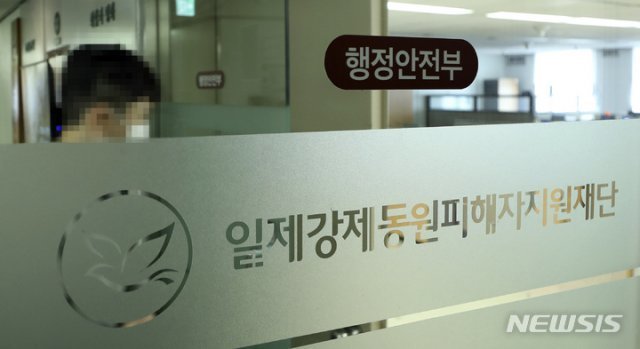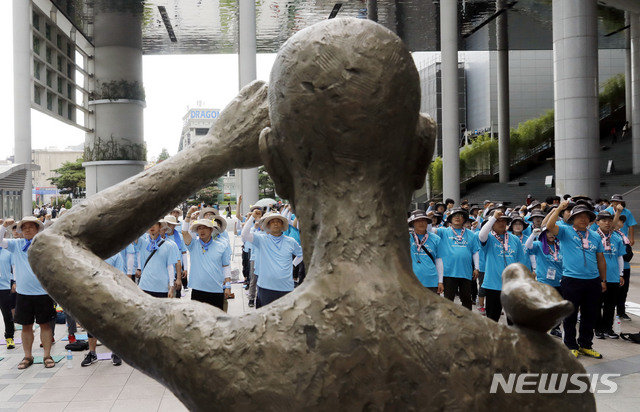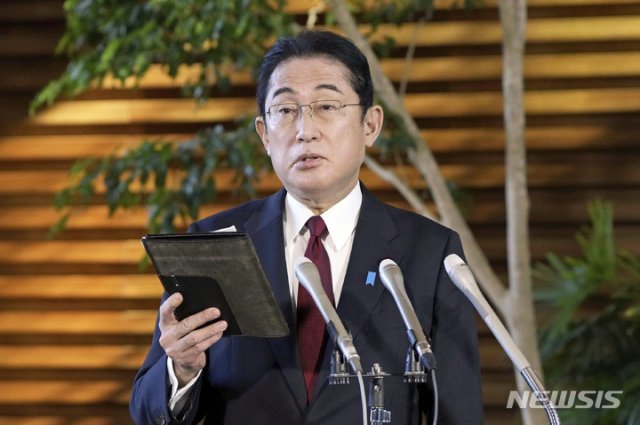Regarding the compensation plan for victims of forced labor during the Japanese occupation, the government announced on the 6th that “the Korean government-affiliated ‘Support Foundation for Victims of Forced Mobilization under Japanese Occupation’ will pay the plaintiffs the final judgment of the Supreme Court in 2018 and the delay interest.” This is the first official solution announced 4 years and 4 months after the final decision of the Supreme Court in 2018. It is a solution of the ‘third party reimbursement’ method in which Japanese companies do not participate and Korean and Japanese business groups collect funds to compensate victims.
According to the Ministry of Foreign Affairs, the background of this plan is the result of collecting the opinions of victims and bereaved families, and is intended to lubricate the strained flow of Korea-Japan relations. It is explained that the fact that most of the victims are elderly, the fatigue of the victims and their families due to the prolonged unsolved situation, and the loss of trust between the two countries are the reasons for the swift solution.
The Ministry of Foreign Affairs said, “Most of the victims are in their 90s, and 12 out of 15 victims of the final judgment died. It was prepared to request a prompt resolution of the problem.” “After the Supreme Court’s final decision in 2018, the problem persisted for about five years. As a result, diplomatic issues that need to be resolved, such as Japan’s semiconductor export restrictions, have been delayed.” At the same time, he said, “We collected opinions from all walks of life, including victims and bereaved families, in public discussions and group interviews,” and “exchanged opinions on follow-up measures, response from the Japanese side, and payment of the judgment.”

The Ministry of Foreign Affairs said, “We directly contacted and listened to the opinions of 13 victims and bereaved families, excluding two of the 15 victims,” and “many of them complained of fatigue and practical difficulties caused by prolonged lawsuits, and we hope that the problem will be resolved quickly in some way. I hoped,” he said. Along with this, he said, “As it is a ruling of our domestic court, we also expressed expectations that the Korean government will play a role accordingly.”
Regarding the issue of declining trust between the two countries, “After the inauguration of the government, it was recognized that it was urgent to create an environment for dialogue, such as relieving strained relations and restoring trust,” he said. We will deliver the opinions and results gathered in Korea to Japan and continue to urge a response.”
 On the 14th, at a memorial service held by the Korean Confederation of Trade Unions and the Federation of Korean Trade Unions in front of the statue of forced laborers at Yongsan Station in Seoul, participants demand an apology and compensation from the Japanese government. 2019.08.14.
On the 14th, at a memorial service held by the Korean Confederation of Trade Unions and the Federation of Korean Trade Unions in front of the statue of forced laborers at Yongsan Station in Seoul, participants demand an apology and compensation from the Japanese government. 2019.08.14.After the invasion of Manchuria in 1931, Japan expanded its front to the Asia-Pacific region and mobilized human and material resources and funds from its colonies. In Korea, about 7.8 million people were forcibly mobilized. Since the early 1990s, related victims have filed a lawsuit against the Japanese government and Japanese war criminal companies against forced labor, but the case was lost.
Then, in 2018, the Supreme Court of the Republic of Korea confirmed the ruling in favor of the plaintiff in the remand trial. At the time, the court said, “As long as the Japanese government did not acknowledge the illegality of colonial rule during the negotiations for the Claims Agreement and fundamentally denied legal compensation for the damages caused by forced labor, it is difficult to see that the victims’ right to claim compensation was included within the scope of application of the Claims Agreement. ”he said. In two of the three judgments, some monetization proceedings are underway.
 Japanese Prime Minister Fumio Kishida
Japanese Prime Minister Fumio KishidaFrom the 1995 ‘Kim Dae-jung-Obuchi Declaration’ to the August 2010 discourse, Japan mentioned the forced labor of Korea a total of four times. They all expressed ‘severe remorse’ and ‘apology from the heart’. In response to the government’s announcement, Japan is expected to announce its position that it will inherit the position.
The first round of government compensation and support was provided between 1975 and 1977. At the time, about 9.2 billion won was paid for 83,519 cases of death from forced labor and property damage. The second compensation was made over a period of 10 years from 2005 to 2015. An application for and receipt of an investigation into the damages of forced labor was received. After that, about 650 billion won (as of February 2023) was paid to about 78,000 people.
Lee Ye-ji,
Source: Donga
Mark Jones is a world traveler and journalist for News Rebeat. With a curious mind and a love of adventure, Mark brings a unique perspective to the latest global events and provides in-depth and thought-provoking coverage of the world at large.